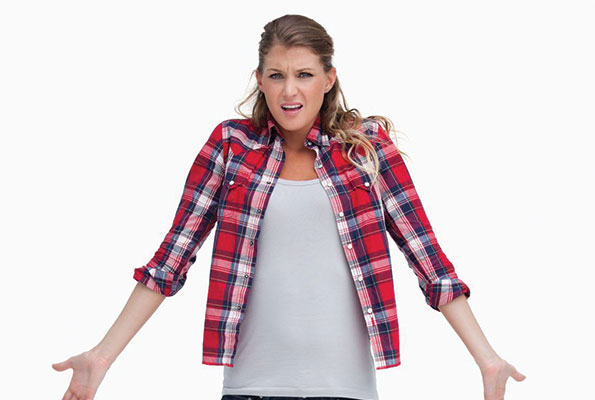Seasonal Allergies
Which Medication Is Right for You?
The pollen count is sky-high. You’re sneezing, your eyes are itching, and you feel miserable. Seasonal allergies are real diseases that can interfere with work, school, and recreation. Allergies can also trigger or worsen asthma and can lead to other health problems, such as sinus infection (also called sinusitis) and ear infections in children.
An allergy is your body’s reaction to a substance that it has identified as an invader. If you have allergies and encounter a trigger – called an allergen – your immune system fights it by releasing chemicals called histamines (hence the term antihistamines). Histamines cause symptoms like sneezing and itchy, watery eyes.
Seasonal allergies are usually caused by plant pollen, which can come from trees, weeds, and grasses in the spring, and from ragweed and other weeds in late summer and early fall. Since you can’t always stay indoors when pollen counts are high, your healthcare provider may recommend prescription or over-the-counter medications to relieve symptoms. The U.S. Food and Drug Administration regulates a number of medications that offer allergy relief.
Antihistamines reduce or block symptom-causing histamines and are available in many forms, including tablets and liquids. Many oral antihistamines are available over the counter and in generic form.
When choosing an over-the-counter antihistamine, you should read the Drug Facts label closely and follow dosing instructions, says Jenny Kelty, MD, a pediatric pulmonologist at the FDA. Some antihistamines can cause drowsiness and interfere with the ability to drive or operate heavy machinery, like a car. There are other antihistamines that do not have this side effect; they are non-sedating. Some non-sedating antihistamines are available by prescription.
Nasal corticosteroids are typically sprayed into the nose once or twice a day to treat inflammation. Side effects may include stinging in the nose.
Decongestants are drugs available both by prescription and over the counter. They come in oral and nasal spray forms. They are sometimes recommended in combination with antihistamines, which do not have an effect on nasal congestion when used alone.
Drugs that contain pseudoephedrine are available without a prescription but are kept behind the pharmacy counter to prevent their use in making methamphetamine – a powerful, highly addictive stimulant often produced illegally in home laboratories. You will need to ask your pharmacist and show identification to purchase drugs that contain pseudoephedrine.
Using decongestant nasal sprays and drops for more than a few days may produce a rebound effect – your nasal congestion could get worse. These drugs are best used short term to relieve nasal congestion.
Immunotherapy may help if other medications don’t relieve your symptoms. One form of allergen immunotherapy is allergy shots. When you receive treatment with allergy shots, your body responds to injected amounts of a particular allergen, given in gradually increasing doses, by developing immunity or tolerance to that allergen.
Injections are given by a healthcare provider. A common course of treatment would begin with weekly injections for two to three months until the maximum dose is reached. After that, treatment could continue monthly for three to five years.
Allergy Medicines for Children
For most children, allergy symptoms may be controlled by avoiding the allergen, if known, and using over-the-counter medicines. But if a child’s symptoms are persistent and not relieved by over-the-counter medicines, see a healthcare professional.
Although some allergy medicines are approved for use in children as young as six months, the FDA cautions that simply because a product’s box says it is intended for children that does not mean it is intended for children of all ages. Always read the label to make sure the product is right for your child’s age.
When your child is taking more than one medication, read the label to be sure that the active ingredients aren’t the same. Although the big print may say the product is to treat a certain symptom, different products may have the same active ingredient. It might seem that you are buying different products to treat different symptoms, but, in fact, the same medicine could be in all the products. The result: You might accidently be giving too much of one type of medicine to your child.
Also, keep in mind that children are more sensitive than adults to many drugs. For example, some antihistamines can have adverse effects at lower doses on young children, causing excitability or excessive drowsiness.
Another form of allergen immunotherapy, called sublingual therapy, involves administering the allergens in a tablet form under the tongue. Sublingual therapy is intended for daily use, before and during the pollen season. These tablets have the potential for dialing down the immune response to allergens; however, they are not meant for immediate symptom relief, says Dr. Kelty. Sublingual therapy should start three to four months before allergy season. Although intended for at-home use, these are prescription medications, and the first doses are to be taken in the presence of a healthcare provider.
Source: U.S. Food and Drug Administration, FDA.gov
This article was originally published in Coping® with Allergies & Asthma magazine, Fall/Winter 2017-2018.


